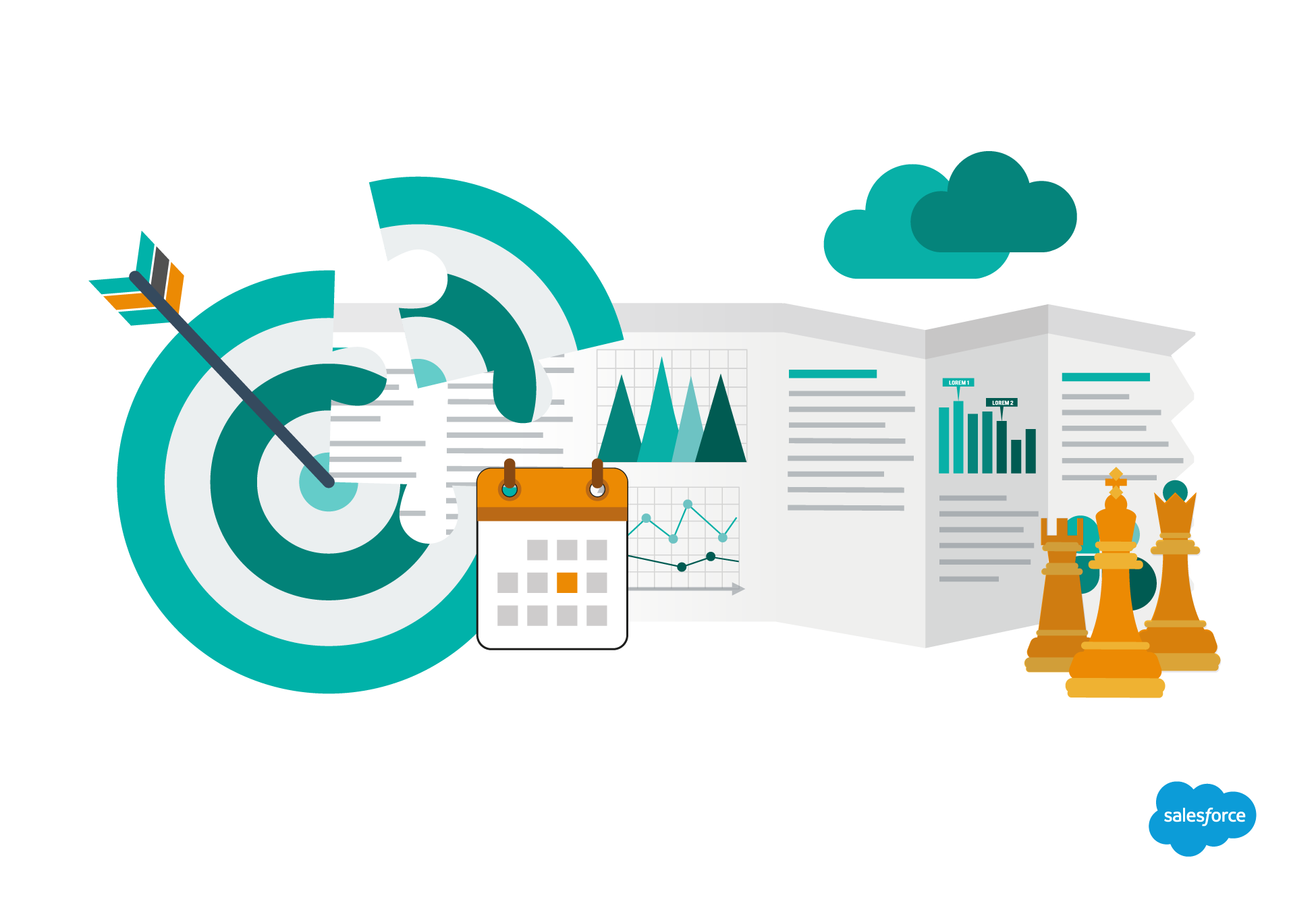real time dashboard
Top 3 Challenges of Real Time Data and How to Overcome Them

Real-Time Data Reporting Brings Big-Time Results
Organisations who implement changes based on data analytics can expect to see sales margins increase between 8 and 25 percent. From the book, Sales Growth: Five Proven Strategies from the World’s Sales Leaders, which shows how implementing changes based on big data insight in the areas of multichannel experience, cross-selling, placement optimisation, location-based selling, assortment optimisation, and in-store behaviour analysis increased sales between 2 and 8 percent in each category.
In most cases, a modest 2 percent increase in revenue realised from making changes in just one of the above areas warrants the adoption of real-time CRM analytic software. Making well-planned, sustained, but sweeping changes in all six categories has shown very favourable results to the bottom line.
What Are The Challenges of Reporting in Real-Time?

Challenge #1: Overcoming the “Traditional Reports, Traditional Job” Mindset
One hurdle of real-time reporting is overcoming the paradigm of daily, weekly, or monthly reports. Many businesses build their processes and job descriptions around creating reports due at a certain time in the day, week, month, or quarter. So instead of spending hours to create these reports, anyone can set up a real-time dashboard or simply define a few parameters to get the needed information quickly.
Of course, this mindset of “traditional reports” will become an obstacle during the implementation of cloud-based reporting software. Because challenges in setting up company-wide software and the resulting data migrations will be seen by some short-sighted traditionalists as not worth the effort, it will be important to mentally prepare employees with support and training in the new data reporting software.
Traditional reports aren’t the only mindset to overcome. Real-time CRM analytics also introduces complexity into traditional job descriptions. “The use of real-time decision support implies a significant change in responsibilities and priorities for the staff involved,” writes Eric Woods for Computer Weekly. “Front-office staff may find themselves being shifted from a focus on customer service to a more sales-orientated focus, using real-time analytics for cross-selling and up-selling.“
Solution: Change your organisation's mindset from the top down
If your organisation is intent on using real-time analytics, it needs to be a company-wide initiative. Support from top executives is crucial. A complete mind shift will be required in order to adopting this new technology. Organisations accustomed to expending formality and effort to create reports will need to adjust to the ease with which reports can be created.
Challenge #2: Data Quality Concerns
Another obstacle in implementing real-time BI analytics deals with data quality. Since the functions of real-time reporting is to allow decisions to be made quickly based on current data, it is essential that data be entered correctly. If data is not entered correctly, a domino effect occurs, causing wrong information to be spread across the entire company database and not just one isolated spreadsheet. According to 75 percent of organisations surveyed by Gartner, the effects of incorrect data had a negative impact on company finances, with half incurring additional costs to reconcile the data. Poor data quality affects many aspects of the business not just one. Your entire business strategy could be misaligned if data analysis and interpretation is flawed. Therefore it is critical that systems are in place to ensure that data is of the highest quality possible.
Solution: Create a Culture Where Everyone is Responsible for Accurate Data
To avoid inaccurate data, it’s imperative to adopt the company-wide stance that everyone is a “data steward.” It’s important to check for accuracy, completeness, consistency and integrity among other things when interpreting data. To accomplish this everyone from customer service to inventory, and from sales to accounting understands the operations of the company rely on accurate data.
Challenge #3: Data-Rich and Information Poor
A third disadvantage of real-time analytics is the uncertainty about what, exactly, to do with all the data available. Ironically, the preponderance of up-to-the-minute information can render some companies paralyzed by the uncertainty of just what to do with the data. “This time, like all times, is a very good one, if we but know what to do with it,” said Ralph Waldo Emerson in his lecture, “The American Scholar,” demonstrating the importance of taking advantage of the current situation.
Most companies don’t have data strategies in place to realise the benefits of real-time analytics. In a survey of 1,600 businesses, just 4 percent of companies had measures in place to realise the commercial and operational benefits of their data.
Solution: Have a Data Strategy in Place
When it comes to real-time analytics, having a data strategy is essential. Begin by defining your organisation’s strategies for cutting operating costs, improving customer satisfaction, and targeting specific markets. Knowing your organisation wants to decrease inventory by X%, decrease phone wait time by Y%, or increase calls to customers fitting Z profile, will focus the kind of data you collected and report.
Be willing to discover and build on new insights as you analyse data. For instance, cross reference lists of purchases by zipcode to discover an untapped geographical market, or compare lists of products purchased by customer to yield additional insights into purchasing habits.
The Real Question Is: Can Your Organisation Afford NOT to Use Real-Time Dashboards and Analytics

While there are big rewards to be gained by embracing real-time reporting, there are also significant risks to delaying insights gained from real-time business intelligence. According to Federico Pigni and colleagues, “Digital data streams (DDSs) open new and broader opportunities for value creation for those organisations that adapt to the change. The laggards who fail to recognise and respond to this change may well find their business diminished or gone.” The internet has made industries like music stores and travel agencies have obsolete. The recent rise of Uber threatens the taxi industry.
Companies who fail to acknowledge and embrace DDSs risk having their business lag behind. Financial institutions are a prime example of the importance of embracing real time data. By shifting to digital, European banks can reduce costs between 20 and 25 percent, a McKinsey report estimates. However, delaying digitisation can imperil up to 30 percent of a bank’s revenue, leaving it in play for other banks, quick to capitalise on digital information.
Real-time reporting arms businesses with crucial data necessary for quick decisions. For example, in the hotel industry real-time data to informs room pricing and eligibility. Ninety-six percent of hotels’ management surveyed expect real-time revenue management practices to increase revenue for hotels. According to The 2015 Smart Decision Guide to Hospitality Revenue Management, a mere $2 per room rate decrease in a 500-room hotel with 75 percent occupancy would result in nearly a quarter of a million dollars in decreased revenue per year. Hence, the costs of ignoring real-time business intelligence can be severe.
Embracing Real-Time Dashboard Analytics
There are marginal disadvantages to real-time reporting. Aside from the cost of reporting software, other common challenges are breaking out of the traditional reporting mindset, ensuring data quality, and developing a viable data strategy. Your organisation needs to be open to the idea that new data insights can be updated instantly and embrace it. Knowing how to use this information will prove critical for your organisation in increasing the bottom line.
Organisations who refuse to acknowledge the importance of real-time analytics will find it can be costly in terms of operating costs, lost revenue, and perhaps, the loss of their industry. Conversely, companies who embrace real-time analytics will continue to discover new insights into customer service, customer behaviour, and business management.


